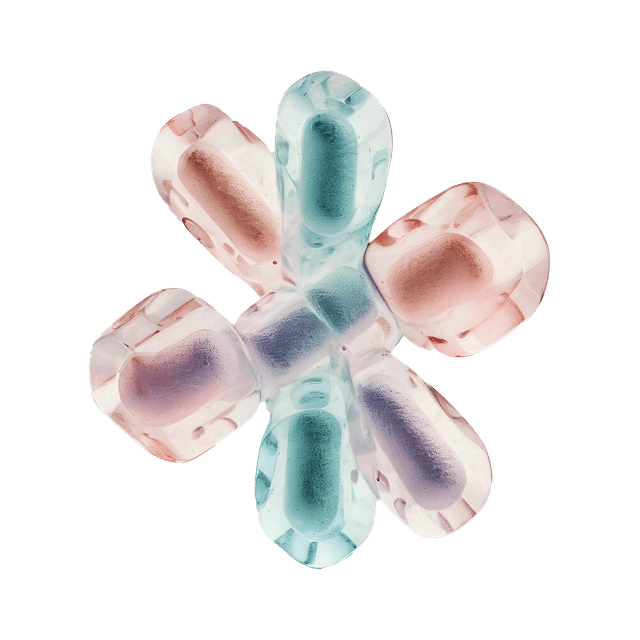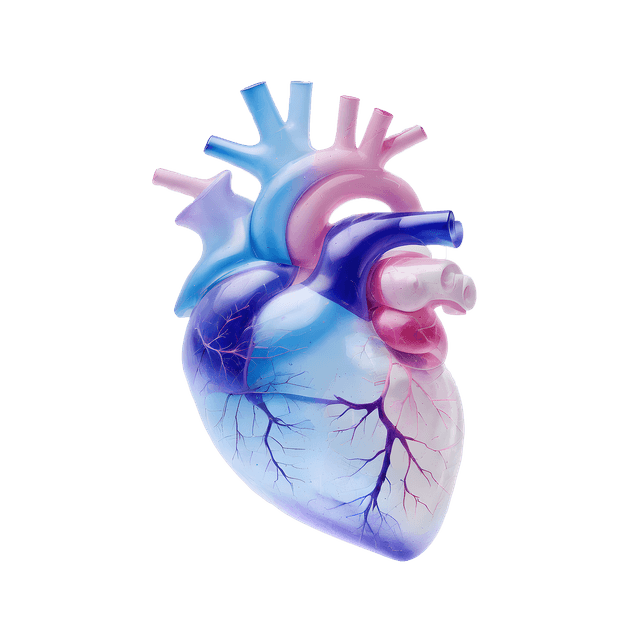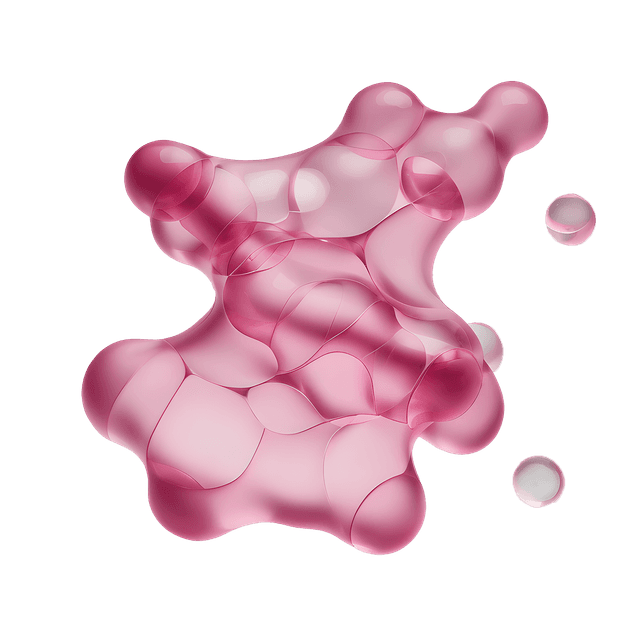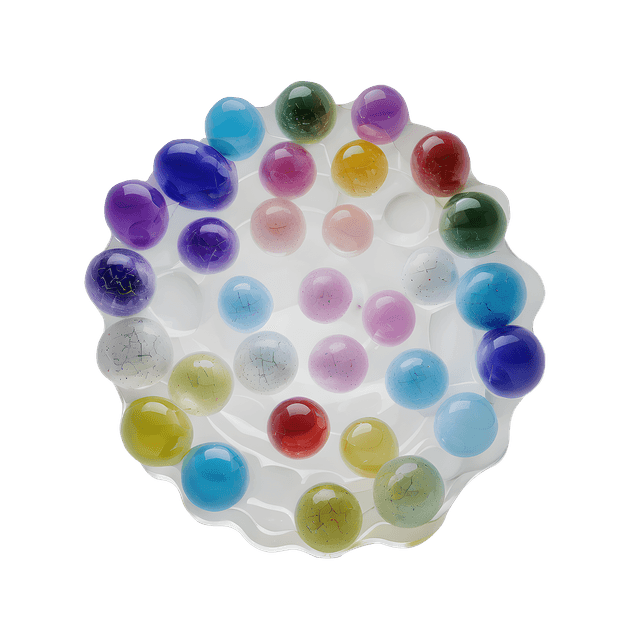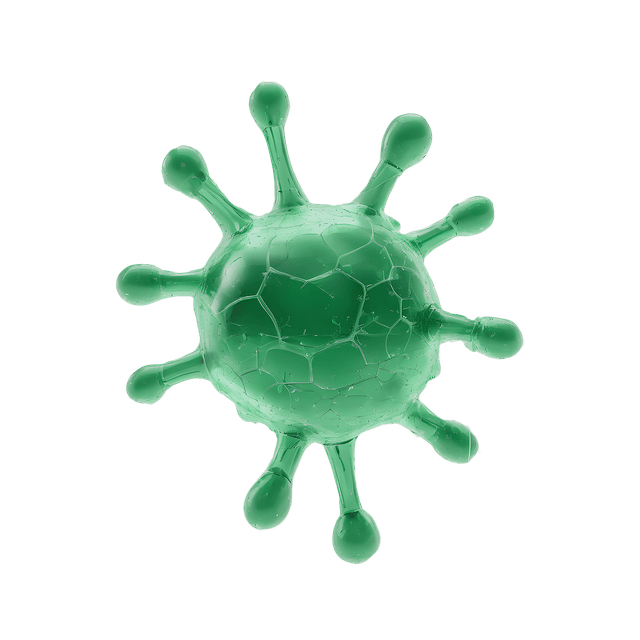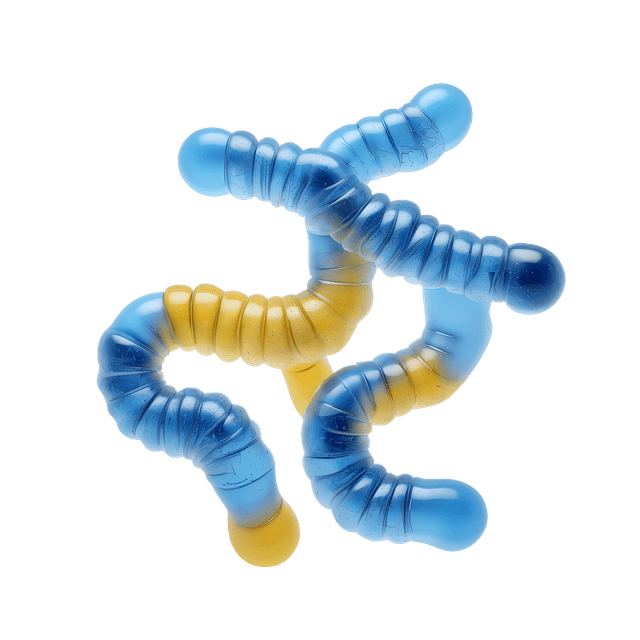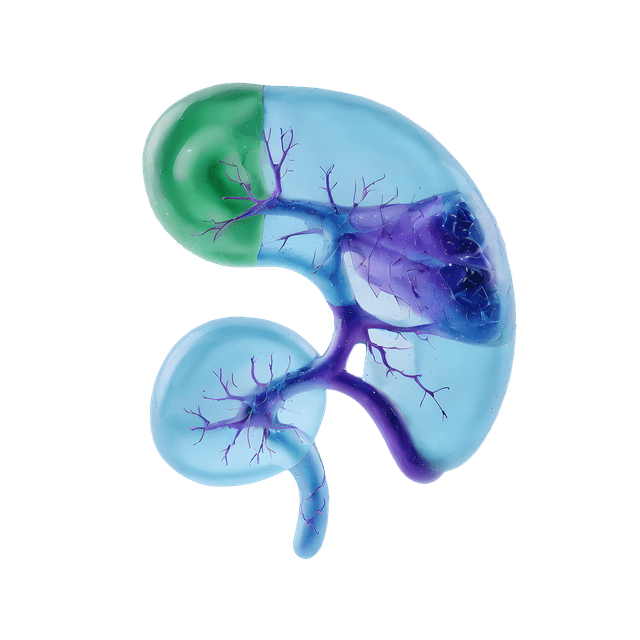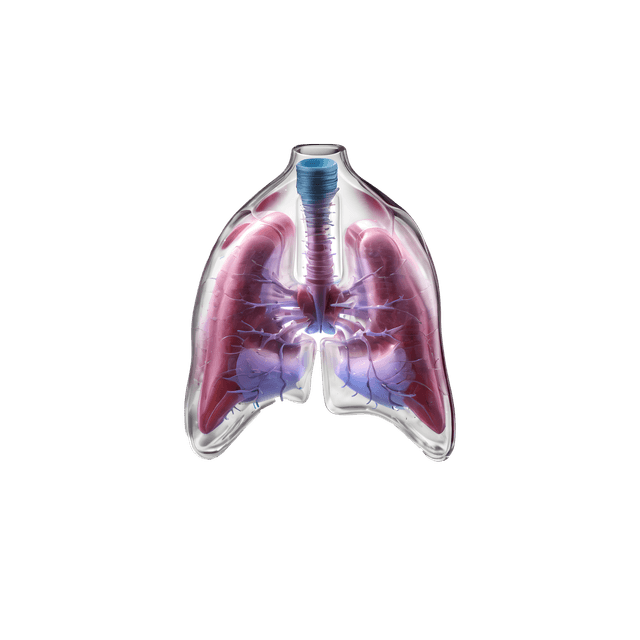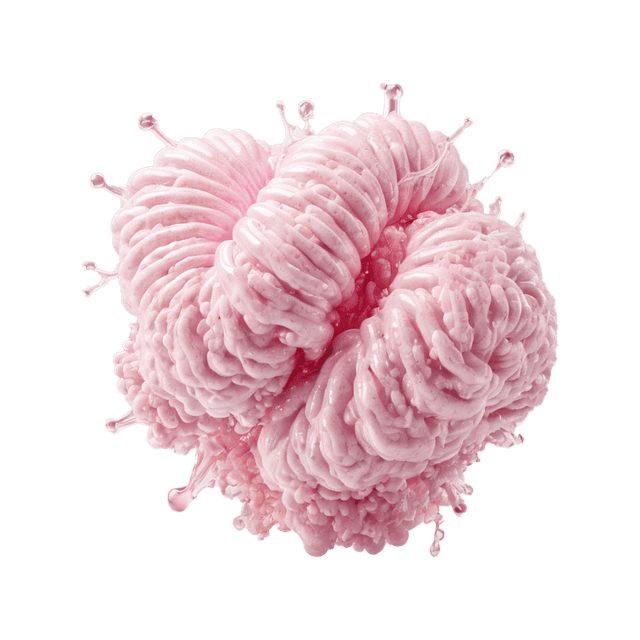Quick version
Diabetes is a condition with high blood sugar levels due to problems with insulin production, divided into type 1 and type 2.
Type 1 Diabetes
- Autoimmune disease: The body's immune system destroys insulin-producing cells.
- Symptoms: Rapid development of symptoms such as extreme thirst and weight loss.
- Treatment: Lifelong insulin treatment as well as monitoring of diet and exercise.
Type 2 Diabetes
- Insulin resistance: The body does not produce enough insulin or does not use it effectively.
- Symptoms: Gradual development of symptoms such as increased thirst and fatigue.
- Treatment: Management through lifestyle changes, medication, and sometimes insulin.
Differences between Type 1 and Type 2
- Cause: Type 1 is autoimmune while type 2 is due to insulin resistance.
- Treatment: Type 1 requires insulin while type 2 can often be managed with lifestyle changes.
- Monitoring and management: Both require careful monitoring to avoid complications.
Understanding the difference between type 1 and type 2 diabetes is crucial for effective treatment and management of the disease. This article aims to provide deeper insight into the various aspects of these two forms of diabetes, with a particular focus on type 2 diabetes and its management.
What is type 1 diabetes?
Type 1 diabetes is characterized by the following features:
Autoimmune disease: The body's immune system mistakenly attacks and destroys the insulin-producing cells in the pancreas, leading to the body's inability to produce insulin. This requires lifelong treatment with synthetic insulin to survive.
Rapid symptom development: Symptoms of type 1 diabetes usually develop quickly, within a few weeks or months. Common symptoms include extreme thirst, frequent urination, fatigue, blurred vision, weight loss, and slow healing of wounds and injuries.
Diagnosis and treatment: Diagnosis is made through blood tests such as fasting plasma glucose, oral glucose tolerance test, or hemoglobin A1C test. The main treatment is insulin therapy, which can be administered through injections, an insulin pen, or an insulin pump. It's important for people with type 1 diabetes to maintain a healthy diet, get regular exercise, and carefully monitor blood sugar levels to live a long and healthy life.
What is type 2 diabetes?
Type 2 diabetes is characterized by the following features:
Metabolic disease: Type 2 diabetes is characterized by the body's resistance to insulin or insufficient insulin production to maintain normal glucose levels. Unlike type 1 diabetes, which often develops quickly, type 2 diabetes can develop gradually and is the most common form of diabetes, strongly linked to lifestyle factors such as diet and exercise. This form of diabetes is more common in adults, but increasing obesity among children has led to it being diagnosed more frequently in younger individuals as well.
Symptoms develop over a longer period: Symptoms of type 2 diabetes include increased thirst and urination, fatigue, blurred vision, and itching in the genital area.
Diagnosis and treatment: Diagnosis is made through blood tests such as the P-glucose test and the HbA1c test. To prevent and manage type 2 diabetes, it is important to engage in regular exercise, eat a healthy diet, avoid smoking, limit alcohol consumption, and undergo regular health checks.
Treatment of type 2 diabetes may include lifestyle changes such as weight loss, regular physical activity, and a balanced diet. For some individuals, medication or insulin therapy may also be necessary. Complications of untreated type 2 diabetes can include atherosclerosis, heart diseases, stroke, eye damage, kidney damage, nerve damage, and sexual dysfunction.
The difference between type 1 and type 2 diabetes
To understand the difference between type 1 and type 2 diabetes more thoroughly, it is important to compare their main characteristics:
- Cause and development:
- Type 1 diabetes is an autoimmune disease where the body's own immune system attacks the cells that produce insulin. This results in a lack of insulin.
- Type 2 diabetes is a metabolic disorder characterized by insulin resistance and relative insulin deficiency over time.
- Age at diagnosis and management:
- Type 1 diabetes usually develops in childhood or early adult life and requires lifelong insulin treatment.
- Type 2 diabetes is more common in older adults but is increasing among children due to rising obesity. It can often be managed with lifestyle changes and oral medications, and sometimes insulin treatment as well.
- Prevention and associated symptoms:
- Type 1 diabetes is not preventable and is often associated with other autoimmune disorders.
- Type 2 diabetes can be prevented or delayed with a healthy lifestyle and is associated with obesity, physical inactivity, and family history.
It is also important to note that both types can lead to serious complications, such as heart diseases, nerve damage, kidney damage, and vision loss, if not properly managed. Diagnosis for both types involves blood tests and antibody tests, while treatment varies from insulin injections and monitoring of blood sugar levels for type 1, to a healthy diet, regular exercise, and possibly medication for type 2.
Conclusion
Diabetes is a complex disease with high blood sugar levels at its core, where type 1 and type 2 constitute the main forms, distinguished by their causes, development, and management. Type 1 diabetes, an autoimmune disease, requires lifelong insulin treatment due to the body's immune system attacking the



